by DR. JOHN KASARDA
A leading Asian investment region and prime logistics gateway to the Southeast Asia market has emerged along Thailand’s Eastern seaboard. Known as the Eastern Economic Corridor (EEC), this area-based development initiative represents Thailand’s flagship program for executing its National Strategic Plan and 4.0 Economy Policy.
The Corridor’s overarching objectives are to lead the nation up the industrial and business services value chains creating a more innovative, competitive economy while providing the urban, institutional and living amenities appealing to well-educated professionals and high-skilled labor, both expat and Thai.
The concluding section of this article highlights the latest financial incentives for foreign companies investing in the Corridor. In May 2024, the Thai Cabinet approved special provisions allowing the EEC Negotiation Committee to offer incentives case-by-case from September 2024 onwards. Investors can negotiate customized incentive packages based on the nature of their investment, providing them with additional flexibility and value.
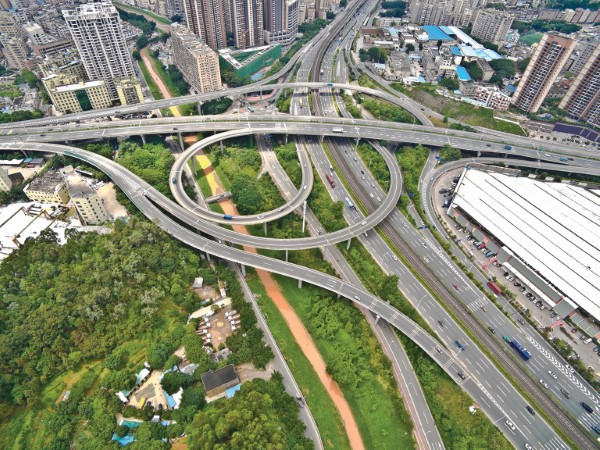
The EEC’s Business Ecosystem
Nearly US$60 billion has been spent or is in the pipeline from a combination of private and public-sector sources to:
- markedly improve air, sea and surface transportation infrastructure;
- foster business and industry technological advancement;
- upgrade educational institutions and the labor force; and
- enhance urban place and entrepreneurial ventures through creating smart, livable cities and innovation districts.
Digitization and sustainable practices pervade all new residential, business and infrastructure development to appeal to innovation-oriented firms and their tech-savvy, environmentally conscious employees.
Whereas the EEC formally commenced in 2018, its 5,100-square-mile area encompassing three eastern seaboard provinces — Chachoengsao, Chonburi and Rayong — has been at the forefront of Thailand’s foreign direct investment for over 30 years based on its central location for Asia-wide trade and its industrial, transportation and tourist assets. These assets include, among others, 37 special investment promotion zones, modern highways and expressways, three deep-water seaports, an international airport and popular coastal resorts.
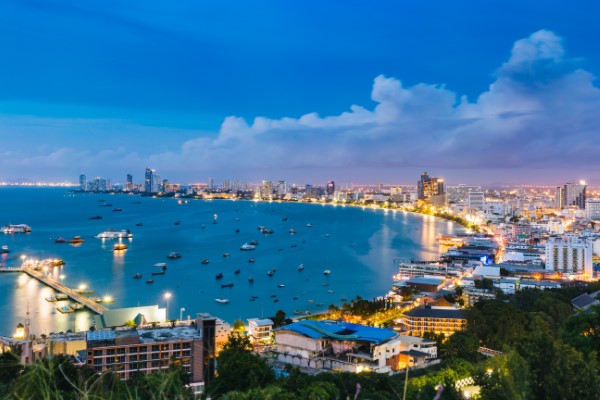
In the three decades leading up to the EEC’s legal establishment, multinational enterprises had already invested almost $90 billion in its area. From 2018 to 2023, despite COVID-19 impacts, the value of EEC investment certificates (the vast majority foreign) totaled $44 billion, with the largest sources being China, Japan, Singapore and the United States. Just under 45% of all foreign direct investment in Thailand took place in the EEC during this period, with 2023 seeing the Corridor capture over 55%, a trend which continued in Q1 2024.
The EEC is administered by the Thailand Eastern Economic Corridor Office (EECO) whose Secretary-General reports directly to the Prime Minister. EECO has initiated a number of large infrastructure projects (some completed and some currently under construction) providing substantially greater connectivity, speed and agility advantages to the Corridor’s businesses.
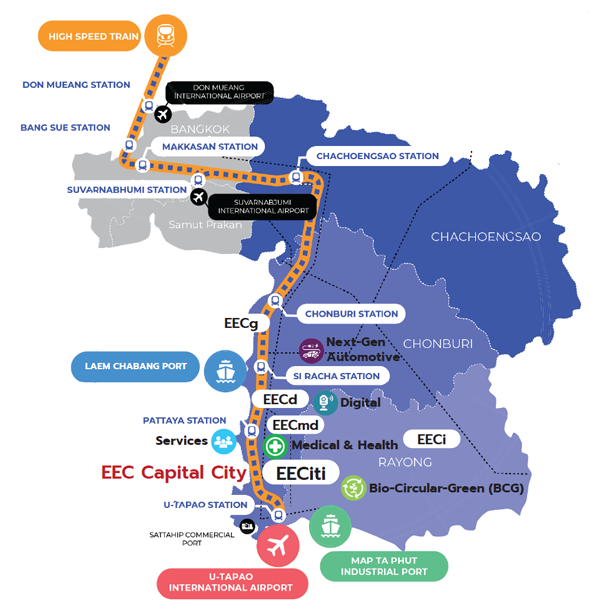
Infrastructure Expansions Align for Target Industries
These projects include a 137-mile high-speed rail line to be completed by 2029. The line will link EEC’s international airport (U-Tapao) and major EEC urban locations with Bangkok’s two international gateway airports (Suvarnabhumi and Don Mueang) and to Bangkok city center within 60 minutes.
Laem Chabang Seaport, which ranks among the largest container ports, is introducing the world’s first automated shipping terminal, which will increase its throughput to 18 million TEUs per year by 2027. Simultaneously, with the EEC’s large automotive production bases (crowned the Detroit of Asia) rapidly expanding, the port’s vehicle roll-on and roll-off capacity is increasing to 3 million cars per year.
Map Ta Phut Industrial Port is likewise completing its expansion to handle 31 million tons of bulk cargo annually by 2026, much in the petrochemical sector. Plans have Sattahip Port being transformed into a container port with a cruise ship terminal to be developed nearby.
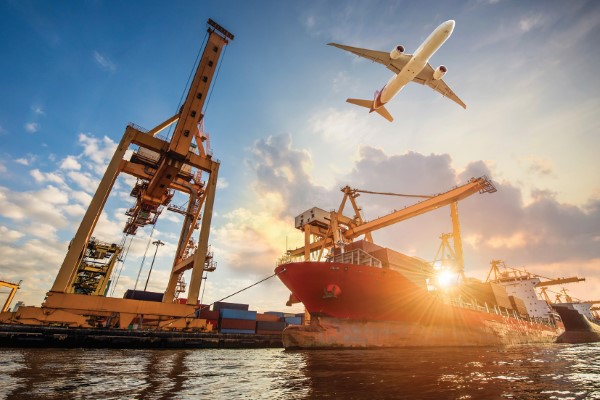
When its planned expansion is completed, U-Tapao International Airport will be able to handle 60 million passengers and 1.5 million metric tons of cargo annually. An additional runway is in the works as are a free trade zone and airport city on its property. With its one-hour high-speed rail link to downtown Bangkok, U-Tapao is being positioned to become Bangkok’s third international airport.
New EEC highways and motorways have been completed, facilitating connectivity within the EEC and to the Bangkok metropolitan area. Double-track rail freight lines have been constructed as well, efficiently linking the EEC’s major goods production centers to the seaports and inland ports.
The EEC has five general clusters of targeted industries for which special financial incentives and other promotional privileges (to be detailed later) are offered on a negotiated basis.
These clusters include:
- medical & health,
- digital (intelligent electronics, data centers, robotics, defense),
- next-generation automotive, including components,
- green and biocircular economy (biofuels and biochemicals, advanced agriculture and biotechnology, food for the future), and
- services (high-value business services and medical tourism, aviation and logistics, education and human resource development).
Almost all other industrial sectors not on the EEC’s targeted list are supported by generous incentives from Thailand’s Board of Investment.
To provide research and knowledge support to EEC businesses and industries, a number of technology, innovation and entrepreneurship-advancing districts are being developed. The Eastern Economic Corridor of Digital (EECd) serves as an investment destination for the spawning of new digital ventures. The Eastern Economic Corridor of Innovation (EECi) has been established to promote high-tech firms and foster technological advancement in such sectors as biotechnology, biofuels, petrochemicals and robotics. The EECmd is a comprehensive district for precision medicine and health care, while the EECg innovation district will promote the use of genomics for DNA analytics to diagnose diseases for early preventive treatment.
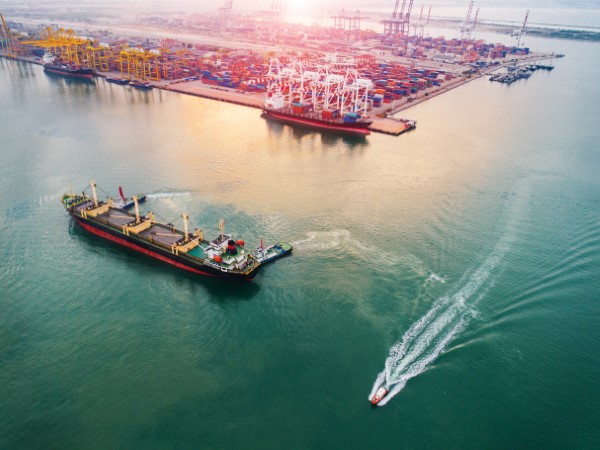
The New EEC Capital City
EEC Capital City is being developed on 9 square miles between the international seaside resort of Pattaya and U-Tapao Airport, approximately 10 miles to each. Planned to integrate business and people with cutting-edge technology and nature, the new city will feature high-quality commercial, residential, educational, financial, health care and sports and recreation zones as well as serve as the CBD for administrative offices of manufacturing and business services enterprises operating throughout much of the EEC. Capital City is the EEC’s largest investment promotion zone.
Public-private investment partnerships will operate the new city’s basic services including transportation, power and energy, water provision, waste management and digital platforms. Committed to carbon neutrality, Capital City will be LEED-certified with sustainability embraced in all infrastructure, commercial and residential development.
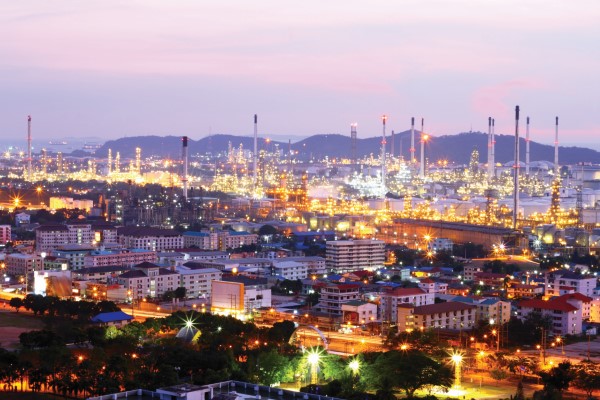
The new city has been planned not only to be modern, digitally smart and sustainable, but also to reflect “Thai-ness” in its architectural style and in its commercial, cultural and social venues. Education, research and other institutional assets will be prioritized to appeal to knowledge-based firms and their talented labor.
The center of this urban development covers just under 4 square miles. Its CBD will serve as the hub for the local headquarters of EEC firms with some regional headquarters expected, government complexes and financial-oriented enterprises.
Its wellness zone will focus on human performance, anti-aging and regenerative medicine with associated health clinics. Functioning as a lifelong learning hub, the education zone will host a range of academic institutions from K-12 international schools to branches of graduate research universities.
A sports and recreation zone will house the Thailand International Sports Park planned to host major sporting events such as regional soccer championships and the Asian Olympic Games. Its facilities will include a national stadium with an 80,000-seat capacity, an international-class aquatic center, an e-sports arena and a variety of recreation facilities.
Capital City’s residential zones will be mixed-use with a combination of largely middle- and upper-income housing along with neighborhood shopping and restaurants, pocket parks and public space. All of these will be developed to enhance livability and overall quality of life.
Investor Incentives
The EEC and its new Capital City offer sets of financial incentives and nonfinancial promotional privileges to foreign investors that are among the most attractive in Asia. Tax incentives to foreign firms include, among others:
- Exemption of corporate income tax (CIT) on the net profit derived from an approved business for up to 15 years;
- Reduction of CIT on the net profit, derived from approved businessReduction of CIT not exceeding 50% of the normal rate for up to 10 years, for no exemption of CIT
- Reduction of CIT not exceeding 50% of the normal rate for up to 5 years commencing from the expiry date of corporate income tax exemption, if the exemption was less than 8 years;
- Deduction of annual loss incurred during the period of CIT exemption from the net profit accrued after the expiration of the exemption period;
- Deduction of the investment capital of approved businesses from net profit;
- Double deduction of the cost of transportation, electricity and water supply;
- Deduction from net profit of the cost of installation or construction of facilities used in the approved business;
- Exemption of dividends from taxable income;
- Exemption of fees for goodwill, copyrights and other rights from taxable income;
- Exemption of import duties on machinery;
- Exemption of import duties on materials imported for R&D;
- Exemption of import duties on raw materials or essential materials imported for use in production for export purposes;
- Reduction of import duties on raw materials or essential materials;
- Exemption of import duties on items imported to re-export;
- Exemption of export duties.
Nontax incentives include, among others:
- Right to own land in a promotional zone which is subject to the consideration of the EEC Negotiation Committee;
- Right to own condominium which is subject to the consideration of the EEC Negotiation Committee;
- Right to bring foreign workforce and their dependents who can reside in Thailand, the number and period, which is subject to permission of the EEC Secretary-General;
- Rights to obtain EEC work permits for who is brought into Thailand by Business Operator in the EEC Promotional Zone, is entitled to work under the permit issued by the EEC Secretary-General;
- Exemption from laws on exchange controls;
- Right to use foreign currency for payment of goods and services;
- Other rights and benefits as specified under the laws of Competitiveness Enhancement.
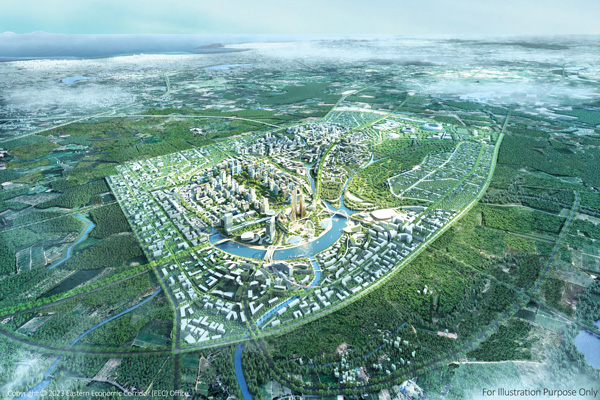
To these foreign investing firms’ benefits are added a variety of personal tax privileges to their expat employees such as substantially reduced personal income tax rates. More information can be found at www.eeco.or.th.
Dr. John D. Kasarda is the President of the Aerotropolis Institute China and a specialist in smart city development for the Office of Eastern Economic Corridor of Thailand.
